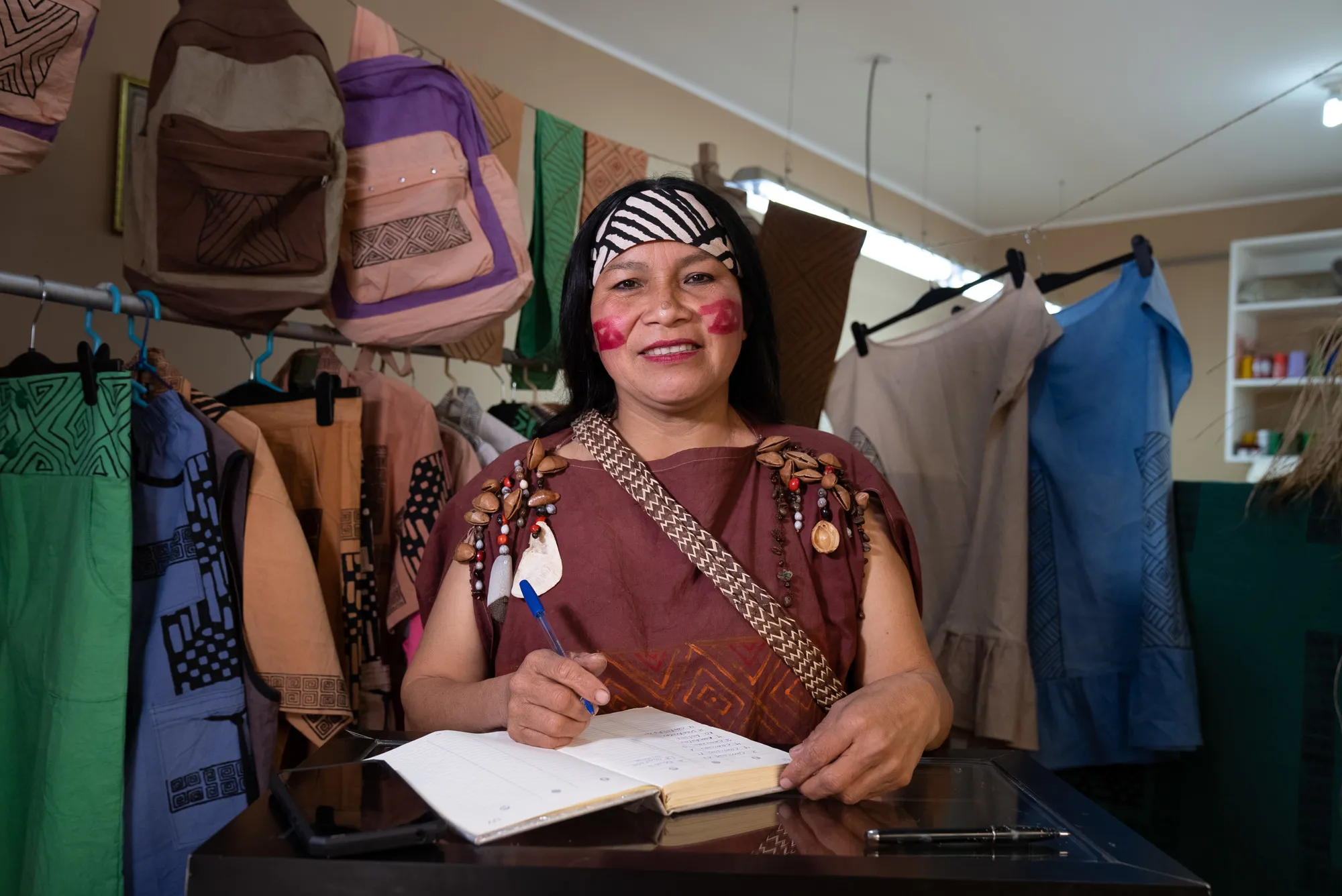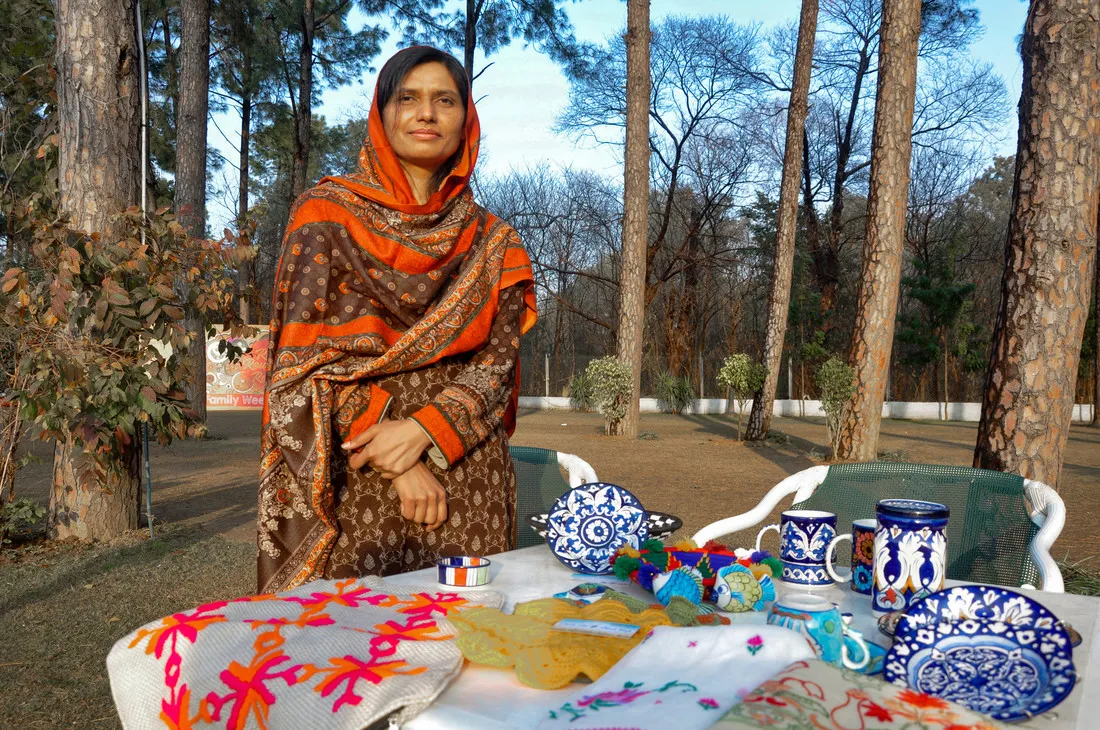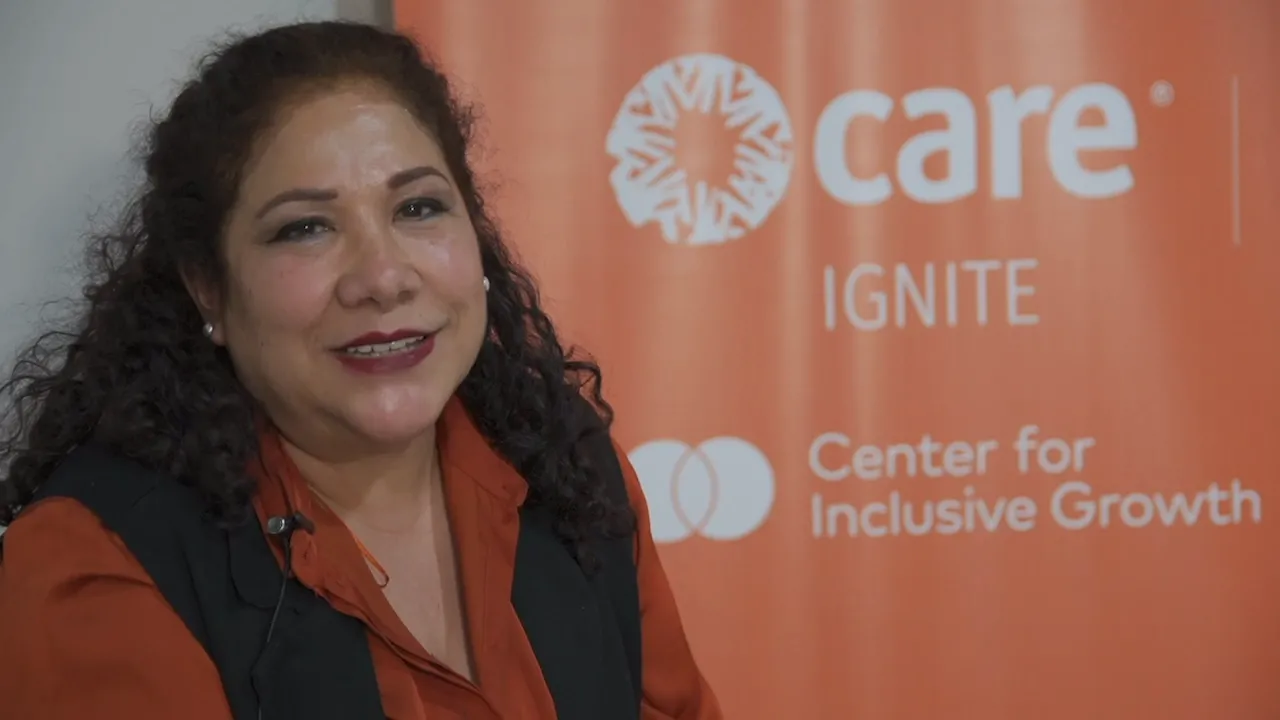How breast cancer screening became part of a business loan
CARE’s Ignite program supports women entrepreneurs looking to grow their businesses by opening up much-needed access to finance, technology and networks, and building entrepreneurship capacity and skills. We do this by working with our local partners to develop products and services which are tailored to their specific needs. Our job is to ensure that the voices of these women are heard in the boardroom, where key business decisions that impact the customer are made, typically, by men.
In Peru, we wanted to develop a tailored loan product for women entrepreneurs with our microfinance partner Financiera Confianza, who believe that investing in women is a great investment. By taking a woman-centered approach, we were able to learn about their access barriers, ideate, and test solutions with them through focus groups, interviews, pitch tests, and virtual surveys. We discovered three key things: they couldn’t get the right sized loans because they lacked credit history; they needed more repayment flexibility and shorter seasonal loans for busy periods; and they weren’t able to cover all their medical costs, especially preventative care.
Using insights from testing, and triangulating customer preferences with business parameters to check for viability and feasibility, we worked with the Financiera Confianza team to design a pilot-ready prototype called ‘Emprendiendo Mujer’ (Female Ventures). We also added a suite of non-financial services to support women entrepreneurs with mentoring, training, and networks.
…they couldn’t get the right sized loans because they lacked credit history; they needed more repayment flexibility and shorter seasonal loans for busy periods; and they weren’t able to cover all their medical costs, especially preventative care.
The end result was a loan product designed exclusively for women. The loan requires no credit history and includes an alternative credit assessment, based on references and behavior, and does not take into account their husbands’ debt, unlike other products in the market. Repayment is on a 45-day term to reflect the seasonality of business needs, and the loan includes cancer insurance, covering breast cancer screenings. The maximum loan amount was reduced so that women could take out an initial smaller loan, repay and move to a larger loan with a new credit history.
The product was launched in June 2021, and we continue to iterate and check-in with women on satisfaction to ensure the product remains relevant and demand-driven. The feedback we have received has been incredible. Delia Nizama, a Peruvian entrepreneur, told us: “It seems important to me that it is precisely women entrepreneurs, who are going to use this valuable tool, that they be consulted about what else we expect from it.”
We have seen unbelievable traction, with 15,000 loans disbursed in six months, and in the midst of a global pandemic.



